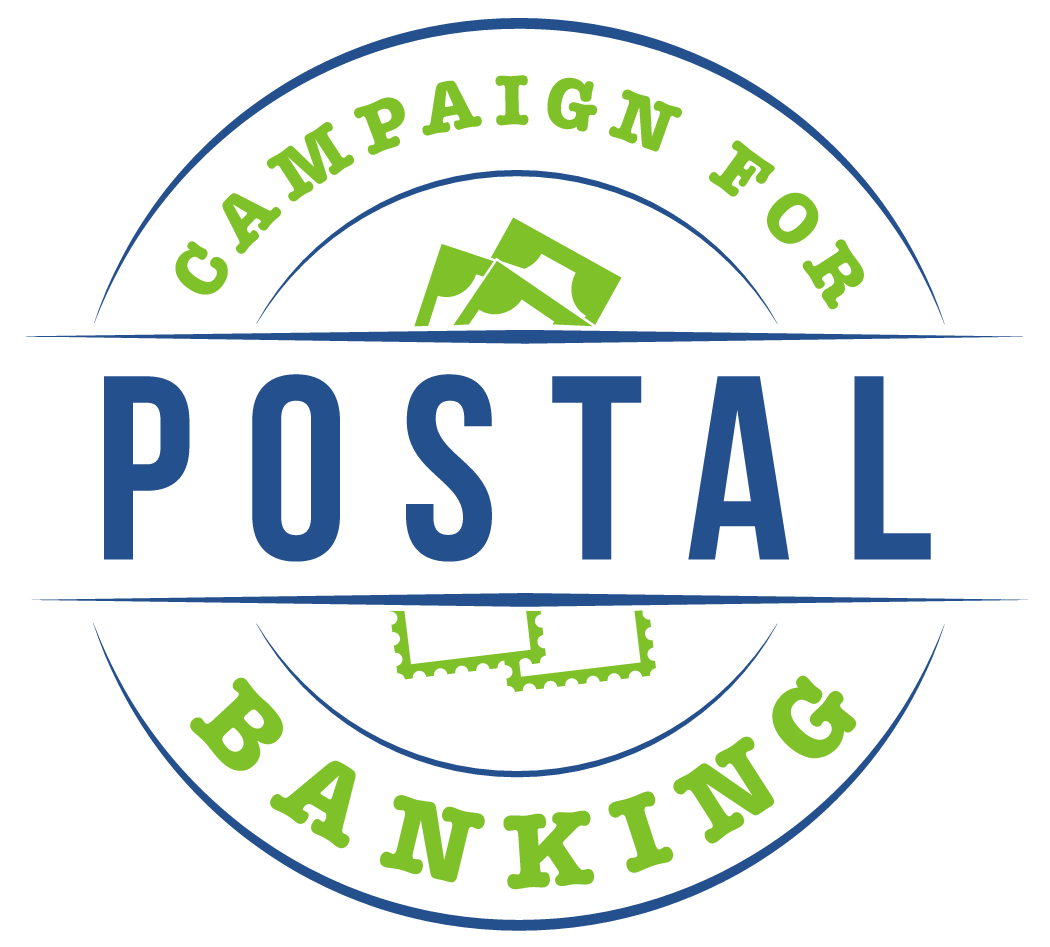Kirsten Gillibrand Unveils A Public Option For Banking
By Daniel Marans, Huffington Post,April 25, 2018.
Sen. Kirsten Gillibrand (D-N.Y.) is introducing legislation Wednesday that would require every U.S. post office to provide basic banking services, an ambitious step aimed at improving the lives of Americans with limited financial resources.
The bill brings to Congress for the first time a policy idea that has already won the support of liberal economists and anti-poverty activists: Turning the nation’s sprawling network of U.S. Postal Service facilities into places where working-class and low-income Americans who lack adequate access to commercial banking can obtain low-cost, short-term loans.
The central goal of the bill is to replace risky financial products like payday loans, which can trap borrowers in prolonged cycles of debt, with regulated alternatives.
“This is a solution to take on payday lenders, to take on the problems that the unbanked have all across the country. It’s a solution whose time has come,” Gillibrand said in an interview with HuffPost.
To hear Gillibrand and other postal banking proponents tell it, the Postal Service and underbanked Americans are the perfect complements.
The postal system’s 30,000 locations touch every community. A majority ― 59 percent ― are in so-called banking deserts, or zip codes that have either no bank branches or just one.
Launching a postal banking system would require startup funding that could either be obtained through a loan from the treasury or a congressional appropriation. Gillibrand’s staff plans to seek an estimate of the cost from the Congressional Budget Office.
A postal banking system could be a major boon to the financially strained Postal Service. If even 10 percent of the money Americans currently spend on interest and fees for risky financial products went toward postal banking loans that cost 90 percent less, the Postal Service would gain almost $9 billion in annual revenue, according to a 2014 study conducted by the Postal Service Inspector General.
“It is really an elegant solution,” said Gillibrand, who emphasized that benefits to the postal system, though significant, were a secondary consideration. “You have a system that already works. And you have the ability to let the unbanked have banking in a way that’s affordable.”
Under Gillibrand’s proposal, Americans could cash paychecks and deposit money in accounts free of charge at each post office location. Deposits would be capped at the larger of two amounts ― $20,000, or the median balance in all American bank accounts.
The postal banks would be able to distribute loans to borrowers of up to $1,000 at an interest rate slightly higher than the yield on one-month Treasury bonds, currently about 2 percent.
A postal banking system would be an alternative to the for-profit payday lending system, in which people routinely pay triple-digit fees to borrow money for bills that come due before their next paycheck. The average payday loan of $375 typically costs a borrower an additional $520 in interest and fees, according to Pew Charitable Trusts.
These costs are disproportionately shouldered by the most vulnerable people in the economy: Lower-earning workers who can’t afford fees that commercial banks levy if an account balance falls too low, or simply live in an area that lacks a traditional banking option. The lack of resources typically precludes these Americans from qualifying for a credit card with a reasonable interest rate.
More than one-quarter of Americans households (34 million homes) are either “unbanked” ― meaning they lack someone with a bank account altogether ― or “underbanked” ― relying on payday loans or other so-called alternative lenders to supplement the services of a traditional bank.
Their predicament shows how expensive it is to be poor in America. The average underbanked household has an annual income of $25,500, and spends nearly 10 percent on alternative financial products and associated fees, according to a 2011 KPMG study.
Due in no small part to racial wealth and income gaps, black and Latino households are more likely to be both unbanked and underbanked. The unbanked rate among black households is 18.2 percent, compared with 7 percent for the population as a whole.
“There is a huge racial justice issue,” Gillibrand said. “The average person who gets a payday loan is a 44-year-old African American single mom. It overwhelmingly affects communities of color.”

